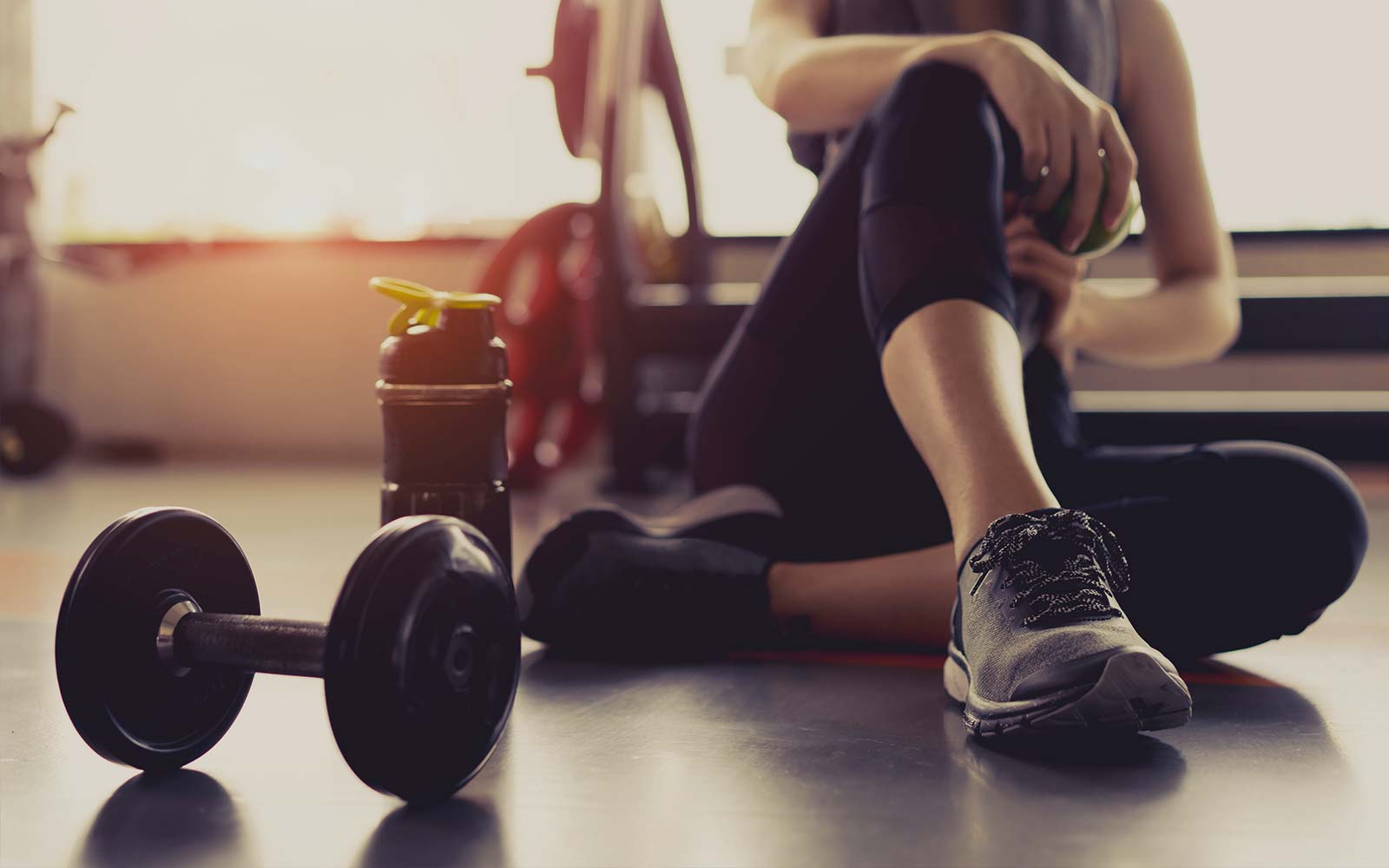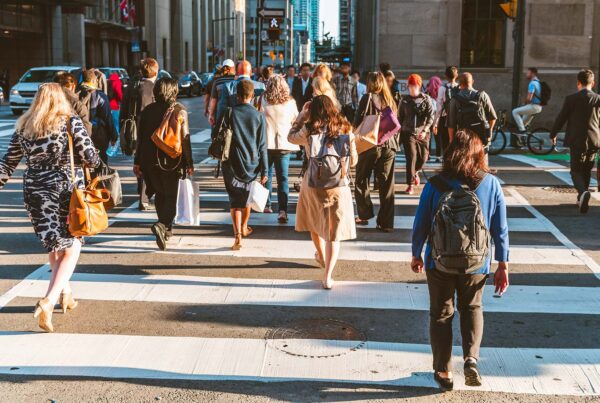I visited a physiotherapist recently because of a nagging rotator cuff injury. It was odd, I thought, to have an injury like this in my shoulder. Because of the pandemic, I’ve barely been dancing for most of the year. So why would my shoulder be acting up? His feedback provided insight that all dancers should pay attention to.
While sticking needles in my shoulder to activate the affected muscles, a treatment known as IMS, he discussed what he has been seeing on a regular basis. It was eye opening. Previously active people from all walks of life have been struggling with unexpected injuries. A great many of his patients have been, like me, experiencing sudden problems with muscles and joints despite barely using them for the past year.
The problem, he explained, is that our bodies are built to move. Until now, people of all ages have been in various patterns of movement. Athletes would spend a great many hours every week working at their specific sport. They would spend additional hours in the gym or otherwise supplementing fitness in other ways. Then, for the better part of a year, those highly active bodies have been relatively stagnant. How many formerly active people have relaxed into a lifestyle of doing little more than binge-watching Netflix?
Dancers have been equally affected. Although teaching dance is not my full-time business, I used to spend up to 25 hours each week engaged in teaching or practice, much of it at high intensity. That was in addition to the 6-8 hours each week I spend on high-intensity bicycle workouts, and another 4 hours or so spent in the gym. That’s a total of about 30-35 hours each week in highly active pursuits. Related to that was a general level of energy that supported all the things going on in life. Often I would need to get up at 5:30am just to fit everything into the day! Since March 2020, dance has pretty much been at a standstill except for light group or virtual teaching sessions and occasional practice. Activity levels have dropped by 75%-80%.
As my health practitioner explained, “If you leave a door unused for a long period of time, it will become kind of stuck and creaky the next time you go to use it.” The body is no different. When muscles and joints that are used to constant movement stop doing those actions for an extended time period, they stop working the way they should.
This is especially serious if you have a previous injury. In my case, I damaged my rotator cuff a number of years ago. Injuries are a problem when you become inactive because scar tissue can accentuate the difficulty for those parts to move after a lengthy period of doing nothing with them.
No wonder my shoulder was acting up even though it wasn’t being used. It was acting up because it wasn’t being used!
There are millions of registered ballroom dance competitors worldwide. Millions more are active social dancers. The vast majority of these people have been unable to dance in any serious way for months. Just like me, they will find things challenging when activity levels eventually start to increase. Sadly, a great many of them may never be able to move again like they used to.
If you leave a door unused for a long time, it will become stuck and creaky the next time you go to use it.
So what’s the solution?
In short, we all need to move again. Don’t just sit back and assume that when the pandemic ends you’ll immediately spring back into action as if nothing had happened. That’s not going to happen.
Let’s face it: social dancing won’t be back for the majority of 2021 and quite likely not until 2022. For competitive dancers, the same will be true of competitions. Are you just going to wait another year, allowing your muscles and joints to deteriorate even more?
If you’ve been stuck in a rut because of the pandemic, find a way to get your body moving in ways similar to what you used to do, and for the same time frames. Of course, you’ll need to ease into it, and you should consult your doctor before you start to make sure you re-engage safely, but the longer you leave your muscles “closed,” the more challenging it will be when you resume normal activities.
Dancers should find safe-to-use spaces where they can practice or train again. Even if you can’t dance full out, get back to holding your frame, engaging the stretch and applying proper technique into your legs and body. Practice individual figures, even without a partner if necessary. Work on the basics, as you can never get too much of that! Pretend you’re dancing on a social or competition floor again. At first, you may find it hard and may not be able to do it at all. Eventually, if you stay with it, you should find yourself getting back to your old form. Don’t expect it to happen quickly. It might take months to get back what you used to have.
Set a goal for how many hours each week you’ll be active and stick to it. Ask friends to help make you accountable. Peloton, Zwift, and other fitness environments offer real-time virtual sessions where you can interact with large numbers of people who are taking the same class or riding the same course at the same time as you. That makes it easier to commit to blocking those time slots and sticking with the plan. Work with a personal trainer. The appointment times will keep you accountable by forcing you to do it. Many trainers today also offer virtual sessions for those who are nervous about in-person training, or where it isn’t possible due to lockdowns.
It may be years before we know the true cost of the Covid-19 lockdowns in terms of the impact on overall health. One thing we do know is that we’ve all been too sendentary for far too long already. Don’t leave it until it’s too late. Your body needs to move.
You might also like: The danger of inactivity in a pandemic














